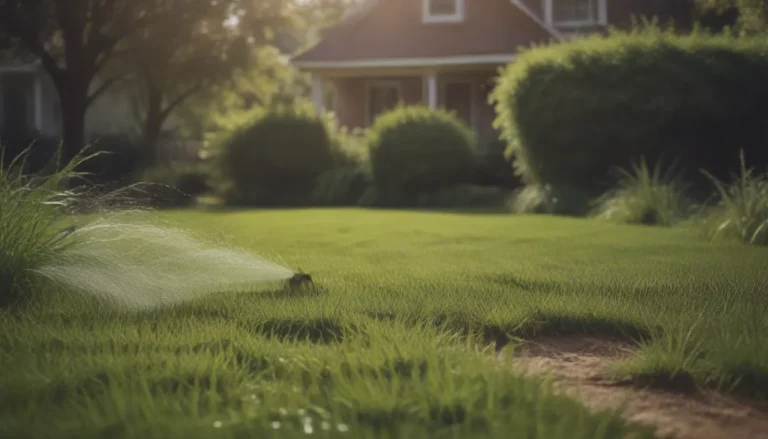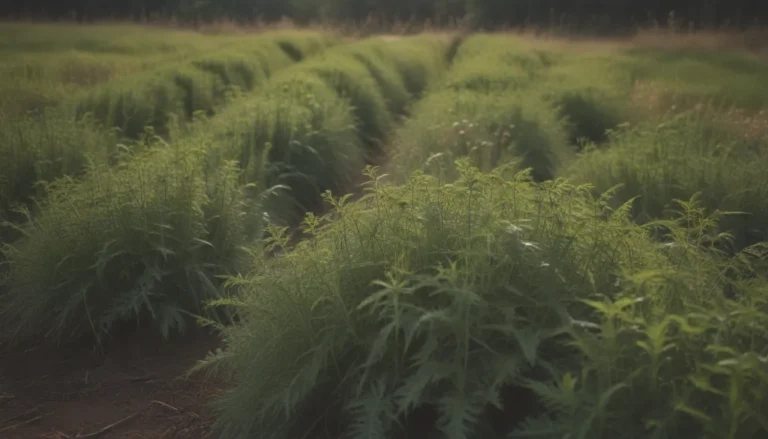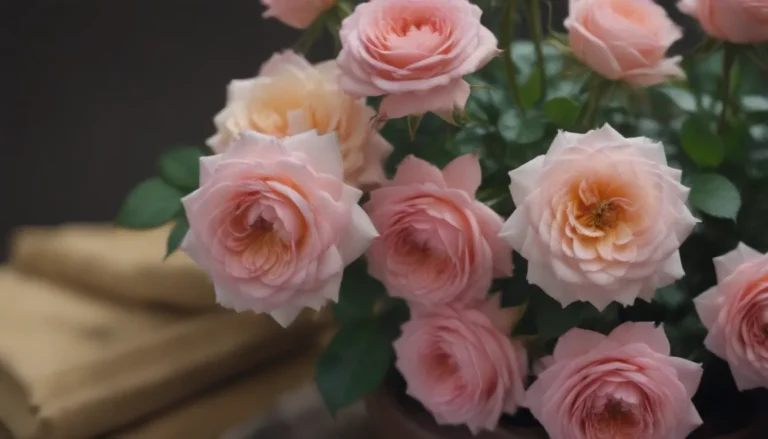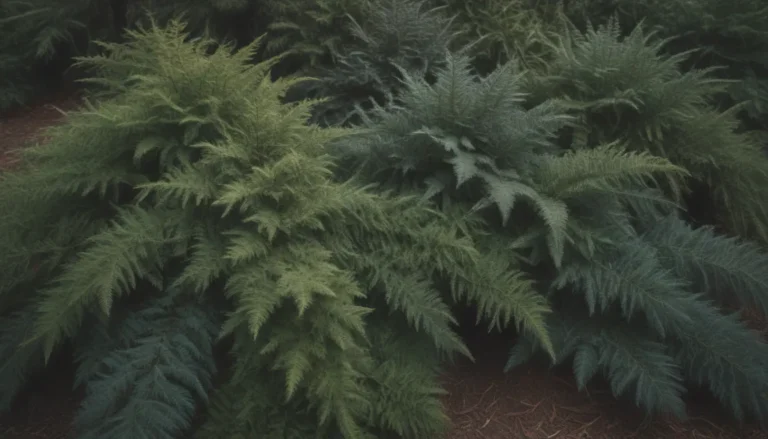Ultimate Guide to Growing and Caring for Monstera Pinnatipartita

Monstera pinnatipartita is a unique and rare variety in the monstera genus, known for its stunning fenestrated foliage. If you’re a plant enthusiast looking to add this beauty to your collection, you’re in for a treat! In this comprehensive guide, we’ll walk you through everything you need to know about growing and caring for Monstera pinnatipartita, from light and soil requirements to propagation and common issues.
What Makes Monstera Pinnatipartita Unique?
Let’s start by highlighting what sets Monstera pinnatipartita apart from other monstera species. The fenestration on its dark green, heart-shaped leaves extends further up than in some other varieties, giving it a distinctive and striking appearance. While mature plants showcase impressive fenestration, juvenile plants may have solid foliage without splits. Keep in mind that Monstera pinnatipartita is toxic to pets due to insoluble calcium oxalates, so it’s essential to place it out of reach if you have furry friends who like to nibble on plants.
Monstera Pinnatipartita Care Requirements
Light
Proper lighting is vital to ensure healthy foliage and optimal fenestration development. Place your Monstera pinnatipartita in a well-lit location with indirect sunlight, such as an east-facing window. Avoid direct sun exposure, especially during the brightest part of the day, as it can scorch the leaves. If you have a north-facing aspect, consider supplementing with grow lights to provide adequate light for your plant. Aim for at least six hours of bright but indirect light daily and rotate the pot regularly for even exposure.
Soil
Monstera pinnatipartita thrives in well-aerated, nutrient-rich soil mixes. Avoid dense soil and opt for a blend of vermiculite, orchid bark, and coco coir. Alternatively, use a ready-made monstera or aroid mix that balances drainage and moisture retention. Consider using a moss pole to provide additional nutrients for the plant.
Water
Keep the soil of your Monstera pinnatipartita evenly moist, but avoid soggy conditions that can lead to root rot. Water when the top few inches of soil are dry, and use a moisture meter to ensure the root ball is not too wet. Ensure your pot has good drainage and water until you see excess water running out the bottom.
Temperature and Humidity
This tropical plant thrives in warm, humid conditions with temperatures ranging from 65 to 85 degrees Fahrenheit. Maintain humidity levels above 50% and consider using a humidifier or placing the plant in a steamy bathroom. Avoid drafts and heating vents that can dry out the leaves and impact growth.
Fertilizer
During the spring and summer growing seasons, feed your Monstera pinnatipartita with a balanced 20-20-20 liquid fertilizer to promote healthy leaf development. Opt for a slow-release formula designed for monsteras for best results. Reduce feeding frequency during the winter months to support slower growth.
Pruning and Propagation
If your Monstera pinnatipartita’s aerial roots look untidy, trim or tuck them back into the pot. Remove unhealthy leaves to redirect energy towards new growth. Consider pruning the plant back during the spring using sterile cutting shears to maintain its size. This plant propagates easily, and you can experiment with soil propagation, water propagation, or air layering to expand your collection.
Potting and Repotting
Mature Monstera pinnatipartita plants may benefit from repotting every one to two years in the spring. Choose a pot that is slightly larger than the root ball and ensure it has good drainage. Repotting before the significant growth spurt allows the plant to establish itself in a new container.
Common Pests and Problems
Regularly inspect your Monstera pinnatipartita for pests like mealybugs and spider mites. Wipe the foliage with a damp cloth to remove dust and debris, minimizing the risk of pest infestation. Address issues such as drooping, yellowing, or browning leaves promptly to prevent further damage and promote plant health.
By providing optimal care and growing conditions, your Monstera pinnatipartita can become a cherished plant in your collection for over 40 years. Enjoy watching this beautiful species thrive and grow into a stunning focal point in your home.
In conclusion, Monstera pinnatipartita is a rare and exquisite plant that deserves a special place in any plant lover’s heart. With proper care and attention to its specific requirements, you can cultivate a thriving and visually captivating specimen that will bring joy for years to come. Experiment with different propagation methods, adjust lighting and watering according to its needs, and watch as your Monstera pinnatipartita flourishes into a remarkable display of nature’s beauty. Happy growing!





